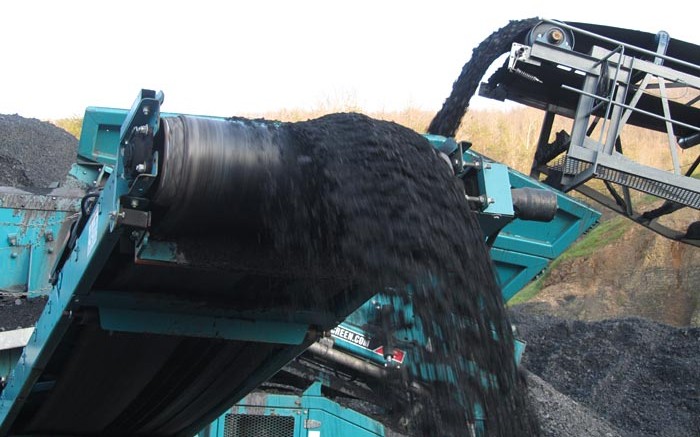A year ago, South Africa’s Exxaro Resources (JSE: EXX; US-OTC: EXXAY) agreed to pay US$472 million to acquire 100% of Total’s (NYSE: TOT) South African thermal coal unit Total Coal South Africa Pty., which includes a majority interest in key operating complexes Dorstfontein and Forzando in the Witbank coal basin of Mpumalanga province.
Since then, however, thermal coal prices have fallen by 23%, and the companies have agreed to cut the purchase price to US$262 million in cash plus staged payments that could total US$120 million depending on future coal prices.
“In the 12-month period since the acquisition was announced, commodity-market conditions have deteriorated significantly,” Exxaro explained in a statement, noting that both companies would take into account “the change in market circumstances.”
“This is an interesting development, as seldom is an acquisition price reduced,” analysts at Investec Securities in London said in a research note. “The change in price highlights the extreme changes that have occurred in commodity markets over recent months.”
Andy Roberts — research director of international thermal coal markets at metals and energy analyst Wood Mackenzie in Austin, Texas — estimates that thermal coal prices have come down by 50% since reaching their last peak in 2010.
Five years ago, higher-quality thermal coal such as Newcastle 6,000 kcal/kg NAR was selling for US$125 per tonne. Recently, that price has dipped below US$60 per tonne. Prices of lower-quality coal, meanwhile, probably peaked at US$70 per tonne in 2010, and since then have come off by about half.
“Nobody wants to build a coal mine when the coal price is at US$60 per tonne,” says Roberts, who has worked in the mining industry for the last 40 years, 28 of which were in coal and the rest in uranium, base metals, shale oil and oilsands.
Prices for thermal coal “are just going to barely exceed marginal costs for several years,” he estimates, saying that it will take a price increase of at least US$10 per tonne to US$20 a tonne to bring on new production.
“We are probably at a trough right now, but if there is more to squeeze out in terms of costs, the prices will follow down as well,” Roberts continues. “The wildcard in all of this is demand. If it becomes weaker, then it could drive prices down even more and extend the time it takes to rebalance the market, so it’s a pretty bleak picture.”
Extra capacity and the insufficient rationalization of supply, coupled with sluggish demand, are just two of many factors that have contributed to the price slump.
Others include the rise of renewable energy in the form of wind and solar; the rising popularity of inexpensive natural gas, particularly in markets in the U.K., Europe and the U.S.; and new carbon taxes. Thermal coal imports into the U.K., for example, fell 41% year-on-year in the first half of 2015, according to figures from Investec Securities.
Roberts estimates that the thermal coal market will continue to face headwinds until at least 2020: “We see an eventual rebalancing in the market but it’s going to take five years.”
China’s recent currency devaluation further complicates the picture, he says, as it makes imported coal more expensive and favours domestic producers in the Asian juggernaut. While countries closest to China such as Australia and Indonesia may not feel the impact as much, it will hit coal producers farther away in the U.S., Roberts predicts.
Another factor is China’s desire to reduce pollution and lower emissions, he says. “If they want to reach their electricity-generation goals, they can’t do it without coal,” he says. “So the question is: How much of that electricity can they satisfactorily give up and sacrifice on the altar of clean energy?”


Be the first to comment on "Strong headwinds for thermal coal"